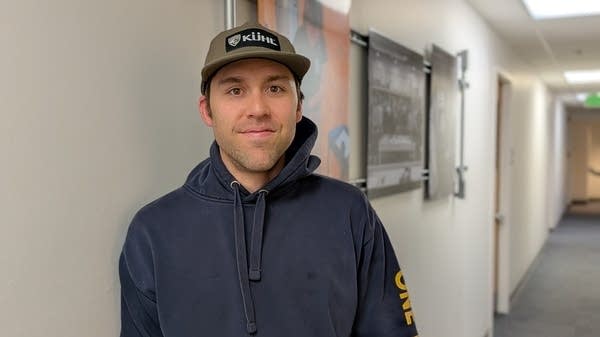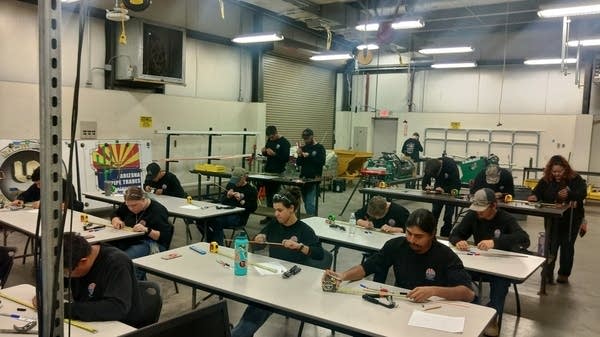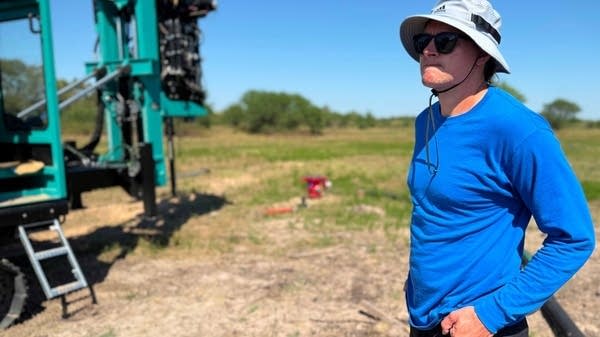More and more podcasters are doing video. The change is big
Independent podcasters now often do video, and try to become influencers.

After a downturn in the market, podcasting is bouncing back. The Interactive Advertising Bureau and PWC report projects that this year, the podcast industry is expected to grow by 12%, to over $2 billion. Part of this growth comes from new revenue streams like video.
Podcast listeners in the U.S. are increasingly watching podcasts rather than listening. According to an Acast study, 85% of U.S. listeners have watched a video podcast. The independent podcast company found that podcasters are not relying solely on their voice anymore. Now, they are full-blown content creators.
This shift is changing the role of workers in the industry and how they make money.
For podcasters who have spent years building a business based on their voice, the shift to video is hard. Nicaila Matthews Okome has her own independent podcast, Side Hustle Pro — a show that spotlights Black women’s journeys in transforming their side hustles into thriving businesses.
When podcasting was new, it took a while to figure out how it could be profitable. Offering content across multiple channels creates new connections with her listener base.
“They go to Target and shop, they pick up their coffee. You don’t just have to talk to them one dimensionally,” Matthews Okome said.
These new connections appeal to more and different sponsors. Matthews Okome has adapted her pitch to brand sponsors now that she is doing video. She is also a podcast coach. Many of her clients are thinking about video now.
“The smoke and mirrors culture of social media is now making people think [that] in order to start a podcast, I need a studio with neon lights, plush velvet chairs,” she said.
Established podcasts are also figuring this out, including In Confianza, a podcast about being Latino in the U.S. The show’s transition to video has changed the day-to-day responsibilities of Charlie Garcia, one of the show’s producers.
“First off there’s new software to learn,” said Garcia. “It’s been figuring out how to adapt the audio-only workflow into a video workflow without having to totally gut the whole thing and redo it.”
Garcia feels the pressure as he prepares to launch a new show. He is investing roughly $4,000 in equipment.
“The re-skilling right now is so massive,” said Garcia. “I’m stretching even farther than that.”
iHeartPodcasts President Will Pearson said social media can be a way for audio podcasts to expand, if it makes sense for the show.
“If they really do learn to build that audience across multiple mediums to be able to say I’m doing this in social media, I’m doing this where appropriate in video,” Pearson said.
However, James Cridland, editor of the Podnews newsletter, warns that these demands could create barriers for new people to get into podcasting.
“If you turn making a podcast from ‘all you need is a microphone’ into ‘all you need is a microphone and some ring lights and at least two cameras and some editing software,’” Cridland said, he predicts that the podcasting market will suddenly become much harder to enter.













